This post has already been read 2680 times!
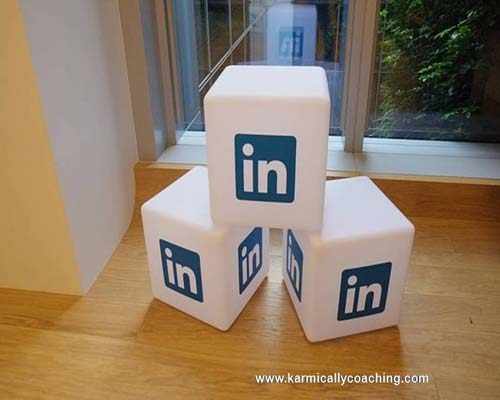
Savvy professional build networking relationships on LinkedIn
What transpired in the following 24 hours left me wondering – was I actually dealing with a professional leave alone a savvy one?
Maybe an alien who did not understand the basics of written communication with a stranger on LinkedIn? Was this a prelude to what I read in the papers about cybercrimes that seem to occur on social media sites?
What I did know was that I was annoyed.
It all started innocently enough with a boiler template invitation to connect from a 2nd level connection that had a profile picture but a skeletal profile. I could not place the person and in line with my recommendations in my previous posts on sending LinkedIn invitations, I asked how we knew each other.
The reply to my question was sent in the form of 3 messages within the course of 1 hour that went, ad verbatim, like this:
1st message: Hi. I do not know you and am messaging you, hope I didn’t irritate you. I am 45 male, (city location), married. Is it OK to befriend a stranger? What do you do?
I saw this message while logged on my email account and made a mental note to ignore the invitation. I mean, you are asking me what I do, meaning you haven’t bothered to read my profile or noted my instructions before sending me an invite to connect.
Besides, LinkedIn is a professional networking platform not a friendship one, even though I have befriended quite a few new connections over a long period of time.
A few minutes later, I got another message:
Would it be OK or immoral? What do u do?
And then another:
I thought we would talk 🙁
By now I knew this was someone who had no idea of any LinkedIn etiquette when messaging and blocked the sender. Apparently, LinkedIn did not work as fast because the next evening, I got another message:
What happened?
Then it stopped because the blocking had come into effect.
Our mutual connection could not remember this person and removed him too. Did I learn a lesson? Yes. 2nd level connections may not really be known to your 1st level connection – even if they manage to acquire 500+ connections. Trust but verify before connecting.
I’ve been a LinkedIn member since 2008 and I’ve made some meaningful and beneficial business relationships with very savvy professionals. Sadly, there are some peculiar folks out there including spammers, false profiles and weirdoes.
Continuing the series on social media etiquette, in this post, I’m going to touch on 6 basic LinkedIn Etiquette. These can make or break first impressions and the way professionals may perceive you on the most business-like of the major social media platforms.
Show up professionally when inviting people you do not know to connect
Sending appropriately worded invitations to connect, is a subject that I have covered in detail in 2 previous posts – Are You the Missing Link on LinkedIn? and Networking Alert: How to Connect on LinkedIn without trusting Strangers .
I suggested personalizing invitations and explaining why you are connecting.
Neither suggestion is rocket science. Sometimes people don’t realize the consequences of sending boiler invitations to professionals they may not know in the real world. Or write smarty pant type of responses to the invitee who may ask before accepting the invitation about how they know each other.
Offend the person who you are inviting to connect, and that person may take one or both of these actions. Ignore and click the option that they don’t know you or report you as Spam.
Update your profile before sending out invitations to connect and be responsive
Unless I know the person from the offline world, I don’t accept invitations from anyone who doesn’t have a profile picture or a reasonably completed LinkedIn profile. In the above incident the head shot was there with a skeletal profile and 1 known mutual connection.
I still ask how the other person knows me but now ignore the invitation if I don’t receive a response within 5 days.
Interestingly, I’ve seen those inviters view my profile before writing back. It’s an indication that they don’t know me at all or have no mutually beneficial reason to want to connect.
Consider the impression you are making on others if you do something similar, even if unknowingly.
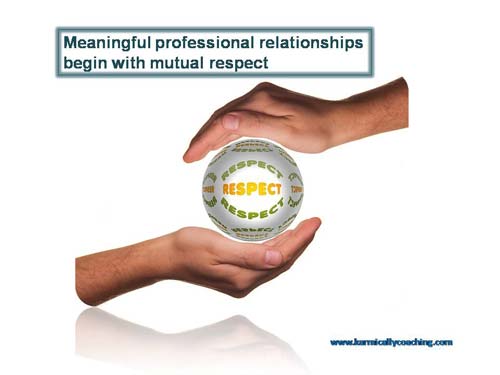
Professionalism
Don’t use Messages, Group Message or connections email address to spam them with offers
This morning, I received a LinkedIn message from someone claiming to be a social media service provider selling me her company’s service. The person had not bothered with proper salutation but instructed me to click a link, watch a video and buy. I could not find a mutual group and did not know this person from Eve apart from a mutual connection.
I don’t think I would like to hire a social media expert who sends spam, would you?
Just because someone has accepted your invitation to connect, is a Group Member or a 2nd level connect, you do not have permission to add them to your company mailing list without their consent. You should not send them sales offers or copy them on a general message where the other recipients can see their details.
I’ve been seeing a trend towards doing this quite a bit even in 2024.
My theory is that they are more comfortable sending DMs on Twitter thinking the same applies on LinkedIn.
Or their entire motive for connecting in the first place is to send out non-relevant sales letters to their new connects without realizing that the recipient may think of it as spam and automatically delete it, remove the connection and block the sender.
Worse yet, unsubscribe from the newsletter and tell the mailing service that it is spam, thus putting an unnecessary strike against the sender’s name.
It could also be that having read blog posts on how to use LinkedIn for sales and getting clients, they’re ignoring the first rule of connecting, which is adding value.
Even if a new connection appears to be a prima facie ideal prospect, a more sophisticated approach is to offer something of value (whether your own or a link to an article you think they might find interesting).
Build the credibility factor and see how you can be of service. In other words, lay the foundations for a mutual win-win.
Know the difference between asking for advice and high value services for free
This one can be a little tricky. You may be connected to a professional who is your senior in your industry or works in a complementary industry where some of their services are relevant to your immediate need.
Given the fast pace of life, while many professionals would love to help you out with a nugget of precious advice, they may not have the time to meet with you in person for coffee or a phone/ skype conversation so that you can pick their brain or tell them that you want them to help promote your business unless there is a strong WIFM (What’s In It For Me) factor involved.
If their living depends on offering services that are high value and come with a steep price tag, the last thing you should do is ask to talk to them for ‘guidance’ trying to get services for free. Many professionals do pro bono work but that is at their discretion, not because you are connected and want that service gratis.
A better option is to request them to point you to resources or articles that might be helpful. Good manners and respecting the other person’s time can take you a long way.
Don’t confuse LinkedIn with Facebook or Twitter
What works on one social media platform does not impress on another. So fun stuff such as ‘What is your Elf Name?’ O
r ‘share if you can find the frog’ may appear quaint on Facebook or Pinterest but ……do I have to say it?
Likewise, keep a tab on how many times you post updates during the day. Once or twice is fine provided you are able to share something of value to your network.
Be mindful of the LinkedIn Algorithm. It’s better to post less and engage more to build relationships.
There have been times when I have logged onto LinkedIn and my home page has been taken over by a headhunter who has posted about 10 or more job listings in 1 go. Often someone decided to update their profile and forgot to turn off the updates.
If someone is having a bad day or finds this irritating, they might turn off your notifications and miss your more pertinent updates that offer an opportunity to engage with meaning.
LinkedIn is by far an amazing networking, business and job-hunting platform. Remember there is etiquette to connecting and engaging with people with whom you don’t have an offline relationship.
Resist the temptation to lurk
You may not be a lurker per se but guess what, when you visit someone’s profile, it appears in their Profile View statistics.
If you are planning to keep visiting the same profile a couple of times during the day, consider making your profile anonymous. Do something better by sending them a message to connect, if there is a mutually beneficial aspect to contacting them.
Think about it, are you innocently committing a LinkedIn faux pas? Or maybe you’ve been the one on whom the faux pas was committed? Do share your experience with me in the comments box below.
Do it with me service
With a proper professional profile and savvy 15 minute actions on a daily basis, you can leverage LinkedIn to increase your visibility and credibility, which as you know are hallmarks of a credentialed professional. Here is an easy way to do it yourself with my help – Build Your Brand on LinkedIn.
Written By: Vatsala Shukla
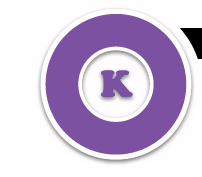
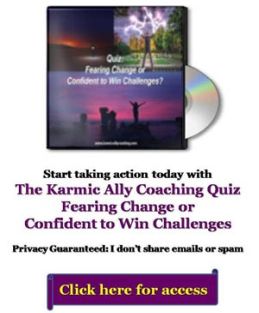
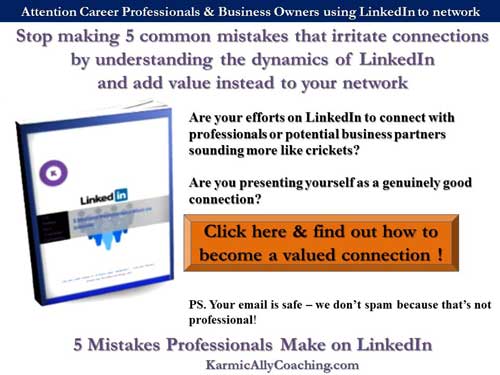
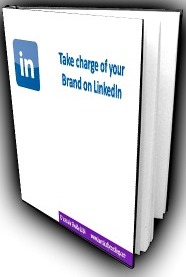
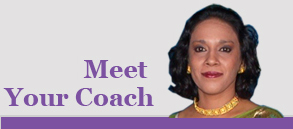
 I adhere to the Certified Coaches Alliance Code of Ethics and Standards. A copy is available on request.
I adhere to the Certified Coaches Alliance Code of Ethics and Standards. A copy is available on request.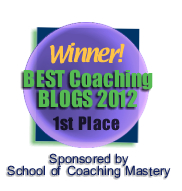
 Let's Talk through the Connect Form:
Let's Talk through the Connect Form:
I have a LinkedIn presence but haven’t used it much as there’s just so much time you have in the day, right? Never seen anything like that, but I guess it’s because I’m not very active there. It actually surprises me, but I think all platforms are bound to be spammed, so LinkedIn can’t be any different from that perspective 🙂
LinkedIn is a great place to find like-minded professionals, Delia. You must try it out sometime. What I have noticed about the spamming is that it often comes from Group Members or those people who have found your profile in a search and realize that you are a potential lead but do not bother to nurture the relationship before pouncing on you with a sales pitch. This is a new trend and one that really should be stopped before professionals hesitate to connect. Interestingly, when I received the new sales pitch from someone who is not even connected to me to do my social media work, I considered it spam and wrote back to the Social Media Expert with a few etiquette tips. I haven’t received any reply which makes me wonder, would I do business with this person. Her credibility as an expert has fallen in my eyes.
All very helpful advice. I have a LinkdIn account but must admit I am not very active with it. So many platforms to deal with. It is tricky to be savvy with all of them, I am in constant learning mode. Your posts are useful… thank you!
You are most welcome, Kathryn. Considering your profession, I would think more visual social media platforms like Pinterest, Facebook, Google Plus and Instagram would be the ones that are up your alley. However, there are some awesome art groups on LinkedIn where you could network with colleagues and peers. Give it a shot sometime!
There are so many different networks and they all work a little differently and are used for different purposes. Linkedin is much different because it is for professional use. Thanks for setting the tone for what Linkdin should be. Very helpful.
Glad you found the LinkedIn Etiquette post helpful, Acadia.Hope to connect with you there sometime. Vatsala Shukla on LinkedIn
I have had similar requests on different platforms. I block and report them immediately. When I started using LinkedIn I saw immediately it was a very different platform from the ones I was more familiar with. After a short time, I wasn’t sure it was the best place for me to put my time and attention and so I haven’t used it much.
Hi Roslyn. Given the nature of your business, perhaps more visual social platforms are better suited for raising awareness of your products. Yet, maintaining a robust profile on LinkedIn is beneficial to any professional or business person for some good reasons. One of which is connecting with similar businesses and for due diligence of potential partners. Also, if you Google your name, apart from your website, the next search item is either Facebook or LinkedIn. The latter is quite important from a viewer’s perspective as it lends credibility to your brand. Also, the new LinkedIn Publisher tool allows you to share your expertise with an audience that you may not be able to access on other sites. Give it a shot!